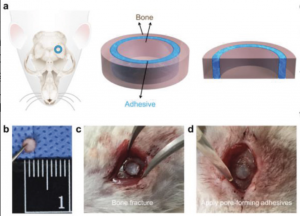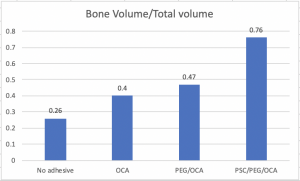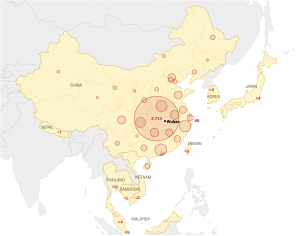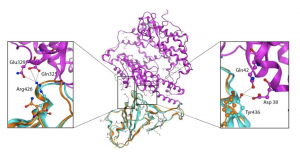Clustered Regularly Interspaced Short Palindromic Repeats (CRISPR), referred as gene magic scissors, is a kind of tool that scientists can find in the immune system of bacteria to edit genes in other organisms is undoubtedly a revolutionary technology, which has greatly improved the efficiency of gene editing work.
In recent years, CRISPR-based gene screening has successfully helped scientists identify genes that play a key role in sickle cell anemia, cancer immunotherapy, lung cancer metastasis, and many other diseases.
However, the scope of these gene screenings is limited, and they can only edit and target DNA. This brings many restrictions since in many regions of the human genome, DNA may not work as a target; for some other organisms, such as RNA viruses including coronaviruses and influenza viruses.
On March 16, an important paper was published in the journal Nature-Biotechnology, reporting a new CRISPR screening technology that can target RNA. In the paper, researchers describe an enzyme called Cas13 that can be used for CRISPR screening techniques that target RNA instead of DNA.
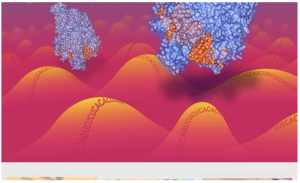
Cas13 traveling along RNA (Source)
Cas13 is a type VI CRISPR enzyme, which is a class of RNA targeting proteins with nuclease activity that have only been discovered in recent years. They can knock out target genes without altering the genome. This property makes Cas13 a promising therapeutic tool that can affect gene expression without permanently altering the genome sequence.
Using Cas13, the researchers obtained an optimized platform for large-scale parallel genetic screening of human cells at the RNA level. Using this gene screening platform, researchers can learn about RNA regulation from all aspects and the functions used to identify non-coding RNAs (RNA molecules that cannot encode proteins).By targeting thousands of different sites in human RNA transcripts, they have developed a machine learning-based predictive model that can quickly identify the most effective Cas13 guide RNA (gRNA).
For example, one of the findings is about which regions of gRNA are more important when identifying target RNAs. They used thousands of gRNAs containing one, two, and three single bases that didn’t match the bases of the target RNA, and identified a key “seed” region that guides and targets CRISPR Mismatches between them are extremely sensitive. This is a very useful discovery for gRNA design.
Since a typical human cell can express approximately 100,000 RNAs, accurate targeting of Cas13’s predetermined targets is critical for screening and therapeutic applications. The “seed” area not only deepens our understanding of Cas13 off-target, it can also be used to study next-generation biosensors to more accurately distinguish between close relative RNA species.
Recently, researchers also applied their gRNA prediction model to the raging coronavirus Sars-CoV-2. We know that COVID-19 is caused by this coronavirus that contains RNA instead of DNA genome. The researchers said that using this new model, they have identified the best gRNAs for future detection and treatment.
Overall, the new study increased the data points of mammalian cells in Cas13 by more than two orders of magnitude, which is of great significance for advancing genomics and precision medicine.
-Xinyue Yang
-Posted on Mar. 23, 2020

